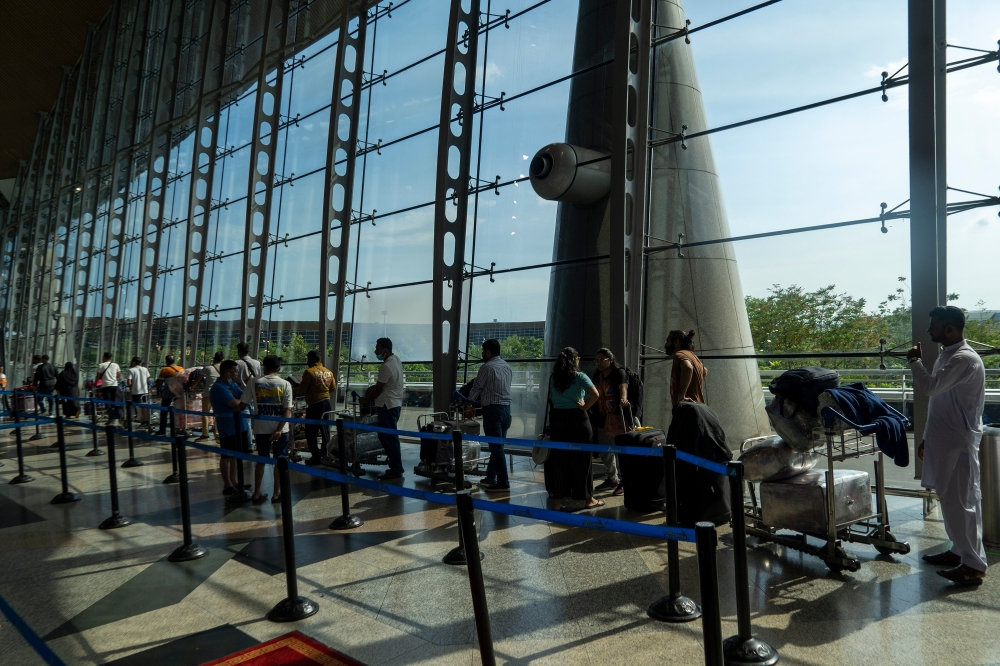SEPTEMBER 16 — This year’s Malaysia Day coincided with a long weekend, on top of the school holidays. For many, it was also a time to travel — and with travel came the inevitable challenge of not just traffic jams on the roads, but also airport congestion.
I too, like tens of thousands others, used the Kuala Lumpur International Airport (KLIA) during the prolonged Malaysia Day break period and it was not a pleasant experience. Let’s face it, our airports could be in much better shape to handle the rush.
It’s disheartening to see our once-proud KLIA ranked as the eighth worst airport in Asia by Skytrax earlier this year. Back in 2001, it was the second-best airport in the world. The contrast could not be starker.
Recently, we’ve seen leaks at KLIA’s Gate 6 after a heavy downpour, endless queues, non-functioning aerotrains, and even air conditioning failures. And it’s not just KLIA — many of the 39 airports operated by the Malaysia Airports Holdings Bhd (MAHB) share a similar fate.

A local Sabah leader urged Prime Minister Datuk Seri Anwar Ibrahim to personally visit the Tawau Airport to observe firsthand the congestion passengers have to endure and the dilapidated state of its facilities.
This is embarrassing since Tawau is an important gateway to Sipadan and the Mabul islands. We should not be talking about fixing airport toilets while passengers from all over the world stream into the airport.
I think we should all reflect on the state of our airports in conjunction with this Malaysia Day period. If Malaysia is to live up to its aspirations of becoming a top tourist and economic hub, we need our airports to soar once again.
While we have been talking about improvements for years, the real solution lies in allowing professionals to do the job right.
In May, Khazanah and the Employees Provident Fund came up with a proposal to take MAHB private. The proposal involves collaboration with the Abu Dhabi’s Investment Authority (ADIA) and Global Infrastructure Partners (GIP), the latter, a company with a track record in turning around airports worldwide.
Sometimes, we need to take bold, unconventional steps to break out of our comfort zones to chart our destinies. Take, for example, how Tan Sri Tony Fernandes defied the odds when he took over a fledgling airline and turned it into the success AirAsia is today. If he had taken the safe, conventional route, there’s a likelihood the airline would not have taken off.
The same applies to some of our most well-known infrastructure, like the North-South Expressway, the Penang Bridge and Putrajaya. When those ideas were first conceived, there was strong opposition. But the then government’s tenacity and conviction helped ensure that these projects became the shining examples to the world, when completed, and their aims met.
As we reflect on this year’s Malaysia Day, let’s remember that the state of our airports is more than just about convenience. It reflects our national pride and ambition. If we want to attract global travellers and boost our economy, it’s time to stop patching up the cracks and take bold steps toward transforming our airports with the help of professionals who have proven track records.
A modern, well-run airport system can be a symbol of Malaysia’s forward-thinking and competitive spirit. Let’s not waste any more time — our airports deserve better, and so do we.
* This is the personal opinion of the writer or publication and does not necessarily represent the views of Malay Mail.





















